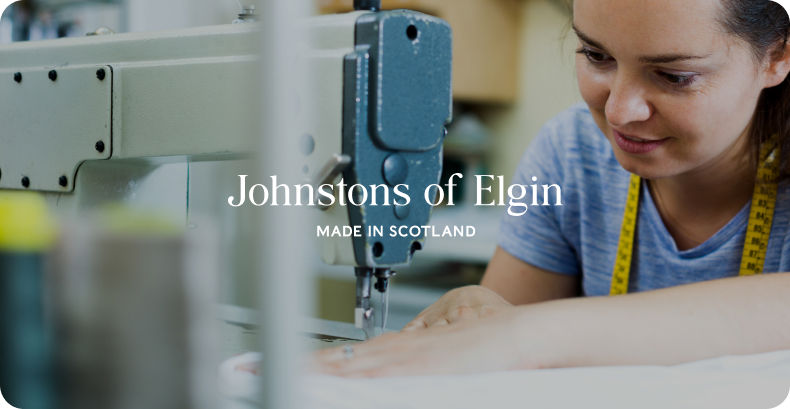31% of retailers are still attached to traditional
methods of operating.
At OneAdvanced, we offer a comprehensive range of solutions for retail and wholesale organisations that connect your frontline workers to your organisation and elevate your back office, equipping you with data insights so that you can adapt to changing customer needs.
We help businesses to simplify complex processes, increase automation, and drive growth, all while maximising your greatest asset – your people.







